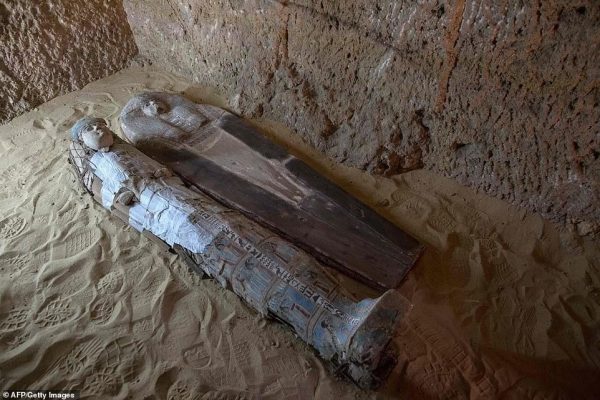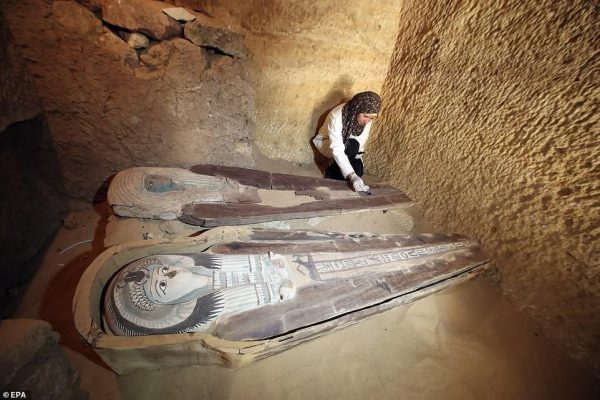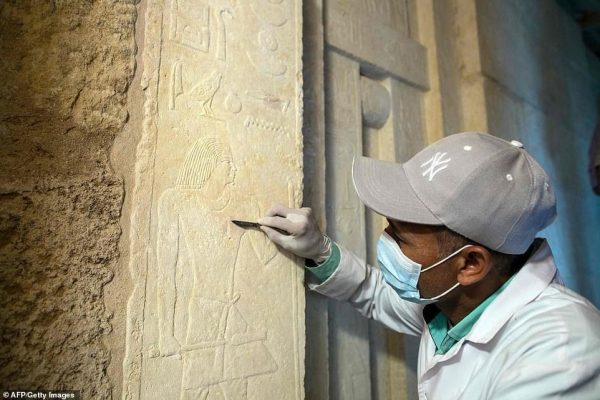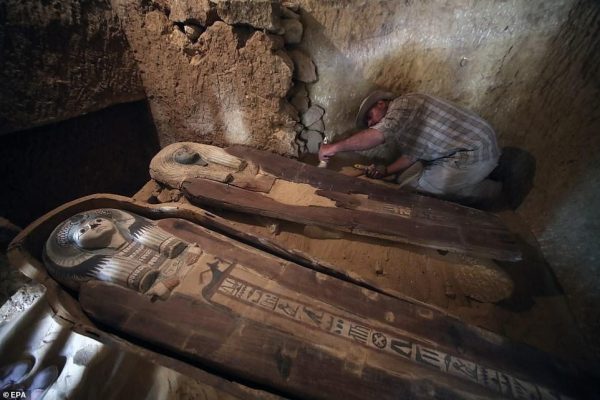The discovery of two 4,500-year-old tombs near the Giza pyramids, dating back to the Fifth Dynasty of ancient Egypt, provides valuable insights into the individuals who served in King Khafre’s priesthood. The tombs belonged to high-ranking men named Behnui-Ka and Nwi.

Behnui-Ka held several titles, including the Priest and the Judge to the Pharaoh. Nwi, on the other hand, served as Chief of the Great State and ‘purifier’ of King Khafre.
These individuals were part of the elite circle associated with Khafre’s rule during the Old Kingdom of Egypt.

Artifacts discovered in the tombs include limestone statues of Behnui-Ka, his wife, and their son. Additionally, a smaller statuette of a monkey was found among the items.
The presence of such artifacts provides a glimpse into the religious and social aspects of the time.

Khafre, also known as Khafra or Chephren, was an ancient Egyptian king of the Fourth Dynasty. He made significant contributions to the architecture and art of ancient Egypt, most notably constructing the second-largest pyramid on the Giza Plateau, commonly known as the Pyramid of Khafre. The iconic Great Sphinx is situated near this pyramid.

The discovery sheds light on the lives of individuals closely associated with Khafre’s reign, offering a richer understanding of the religious and administrative roles within the ancient Egyptian society of the Fifth Dynasty.
Renowned Egyptologist Zahi Hawass emphasized the significance of this find, stating that the whole world is watching this great discovery that dates back to the fifth dynasty.






